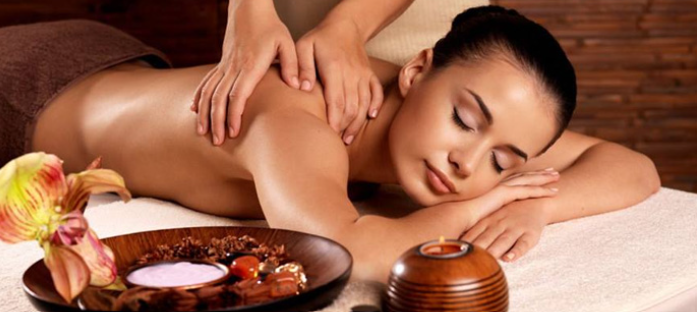Explore the rejuvenating practice of Abhyangam, an ancient Ayurvedic massage therapy that promotes holistic well-being and harmony of the mind, body, and soul.
In the bustling chaos of modern life, finding moments of tranquility and balance is essential for our overall well-being. As stress levels rise and lifestyles become increasingly fast-paced, it’s crucial to seek out practices that promote relaxation, rejuvenation, and inner harmony. One such ancient practice that has stood the test of time and continues to offer profound benefits is abhyangam.
Abhyangam, often referred to as Ayurvedic massage, is an integral part of Ayurveda, the ancient Indian system of holistic medicine. The word “Abhyangam” is derived from the Sanskrit words “abhi,” meaning “into,” and “anga,” meaning “limb” or “body part.” Together, they signify the act of massaging the body with therapeutic oils.
Also read-BRAT Diet For Intolerable Stomachs: A Manual
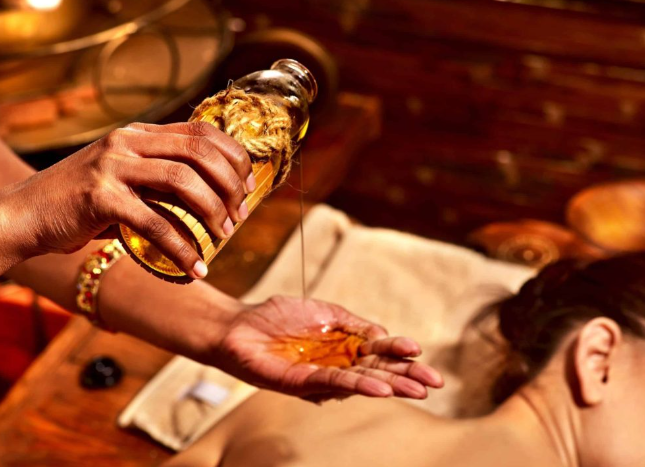
Rooted in the belief that the human body is a microcosm of the universe, Ayurveda emphasizes the interconnectedness of the mind, body, and spirit. According to Ayurvedic philosophy, maintaining balance among the three doshas—Vata, Pitta, and Kapha—is essential for good health. Abhyangam is specifically designed to harmonize these doshas, thereby promoting overall wellness.
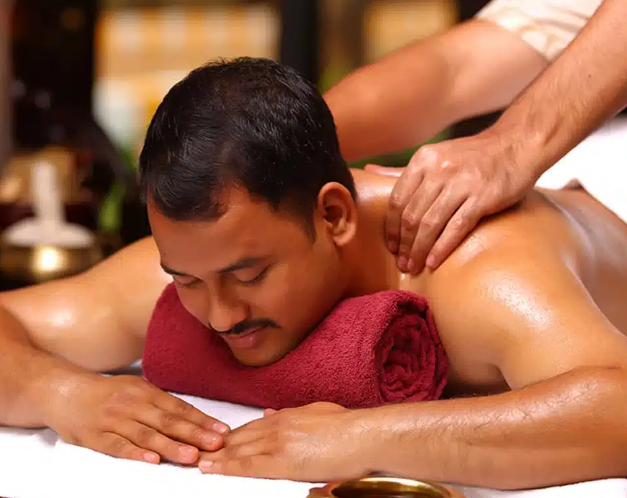
The practice of Abhyangam involves the systematic application of warm herbal oils to the entire body, including the scalp and hair. The choice of oils is crucial and is often tailored to the individual’s unique constitution or dosha imbalance. Commonly used oils include sesame oil, coconut oil, and herbal-infused oils such as Brahmi or Ashwagandha oil.
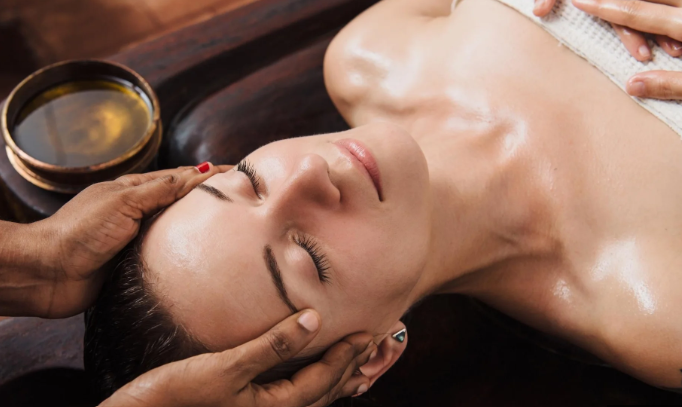
During an Abhyangam session, the therapist uses long, flowing strokes and gentle kneading techniques to massage the oils into the skin. The strokes follow the natural direction of the body’s energy channels, known as nadis, to promote the free flow of energy and remove any blockages. The rhythmic motion of the massage induces a profound sense of relaxation, melting away tension and stress stored in the muscles and tissues.

Aside from its immediate calming effects,
Abhyangam offers a myriad of long-term benefits for both physical and mental well-being. Regular practice of Abhyangam is believed to improve blood circulation, enhance lymphatic drainage, and promote detoxification by aiding in the elimination of metabolic wastes from the body.
Furthermore, the therapeutic oils used in Abhyangam are rich in nutrients and possess potent healing properties. They nourish the skin, leaving it soft, supple, and glowing, while also soothing muscular aches and pains. The massage also stimulates the release of endorphins, the body’s natural painkillers, which can alleviate the symptoms of chronic pain conditions.
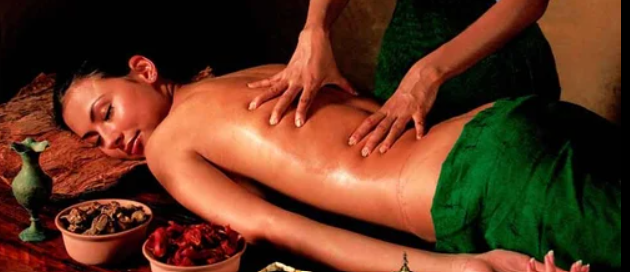
On a mental and emotional level
Abhyangam acts as a powerful stress-reliever and mood enhancer. The gentle pressure and soothing touch of the massage induce a deep state of relaxation, calming the mind and promoting mental clarity. It helps alleviate symptoms of anxiety, depression, and insomnia, allowing for more restful sleep and an improved overall mood.

Beyond its physical and mental benefits
Abhyangam is deeply rooted in spiritual wellness. The practice encourages mindfulness and self-awareness, fostering a deeper connection between the individual and their body. It provides an opportunity for introspection and self-care, enabling individuals to cultivate a sense of inner peace and balance.
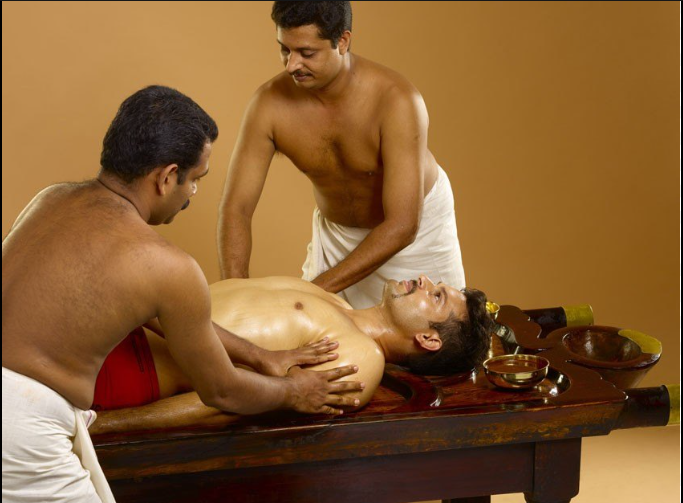
conclusion of Abhyangam
Abhyangam is much more than just a massage; it is a holistic journey to wellness that addresses the needs of the mind, body, and soul. Rooted in ancient Ayurvedic wisdom, this therapeutic practice offers profound benefits for overall health and well-being. Whether you seek relief from physical ailments, stress reduction, or simply a moment of relaxation, Abhyangam has something to offer everyone on their path to optimal wellness.
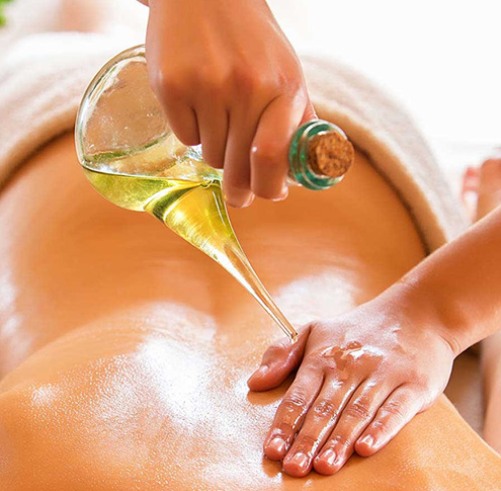
Also read: Vitamin B12: The Role In Paralysis Prevention
images source: Google
Disclaimer: The opinions and suggestions expressed in this article are solely those of the individual analysts. These are not the opinions of HNN. For more, please consult with your doctor







